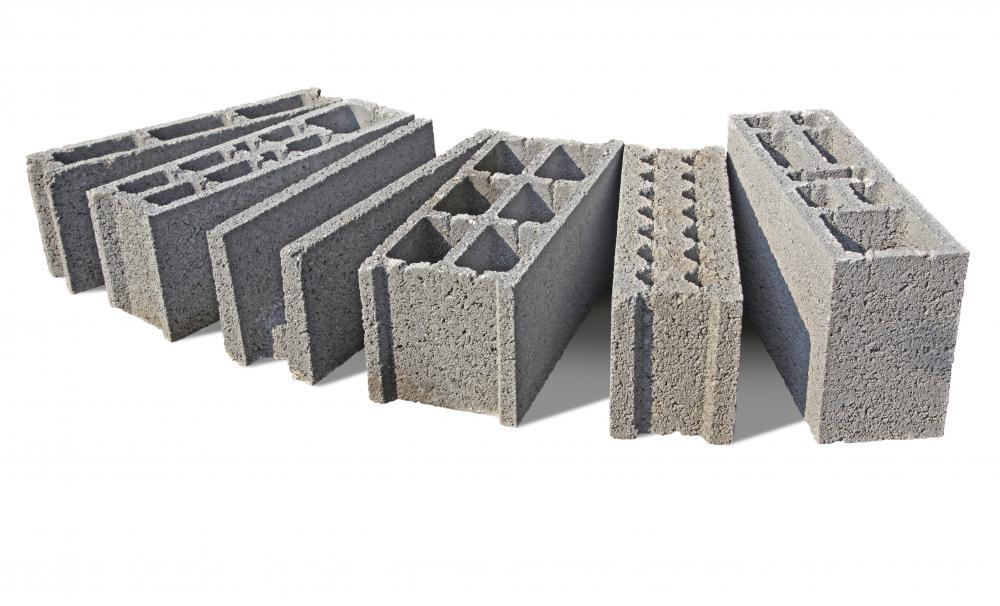At WiseGEEK, we're committed to delivering accurate, trustworthy information. Our expert-authored content is rigorously fact-checked and sourced from credible authorities. Discover how we uphold the highest standards in providing you with reliable knowledge.
What is Concrete Mortar?
Popularly referred to as concrete mortar, this common building substance is more accurately called cement mortar. The terms concrete, mortar, and cement are frequently used interchangeably, which is incorrect. Cement is a binding element that is used to create both concrete and mortar. Concrete is a substance made of cement, sand, gravel, or other coarse aggregate material. Water is added to the concrete to activate the cement, which binds the mixture together to form a single, solid object.
Mortar is a substance made of sand and cement. When water is added to this mixture, the cement is activated. Mortar is used to hold other hard components together, such as bricks, slate slabs, and stones. The term concrete mortar is therefore a misnomer. Concrete and mortar are two different products both of which have cement as a component. Rather than concrete mortar, the term cement mortar is more accurate as cement is a component of mortar.

A type of cement called Ordinary Portland Cement (OPC), which is made primarily of finely pulverized limestone with smaller amounts of clay and gypsum, is used to make mortar. Water is combined with OPC and fine aggregate masonry to form a paste. The mortar paste, while still moist and workable, is used to bind construction blocks such as bricks, slate slabs, cinder blocks, and stones together, and to fill in the gaps between them. The mortar sets hard as it dries.

Portland cement mortar was invented by British cement manufacturer Joseph Aspdin in 1794 and patented 30 years later in 1824. It gained in popularity over lime mortar by the latter part of the 19th century, and by 1930 Portland cement mortar had all but replaced lime mortar for use in new construction. Portland cement mortar, often mistakenly called concrete mortar, became the mortar of choice following World War I primarily due to the fact that it sets and hardens quickly.

During post-war rebuilding, this fast-setting mortar allowed construction to proceed at a much quicker pace than would have been allowed by lime mortar. It's important to note that cement mortar should not be used to repair old buildings that were constructed using lime mortar. In order for structural integrity to be maintained, these old structures require the continued use of lime mortar because of its breathable composition and flexibility. Using Portland cement mortar in the repair of old brick buildings that were originally constructed using lime mortar can cause the brickwork to crack in walls where both lime and cement mortars are present.
AS FEATURED ON:
AS FEATURED ON:















Discussion Comments
"Water is combined with OPC and fine aggregate masonry to form a paste" - is this correct as "masonry" is later defined as construction. Should it say "Water is combined with OPC and fine sand to form a paste"? I am a newbie and just want to make certain I am following what's being said so that my rock wall will withstand the test of time.
Thank you, Kiki
Post your comments